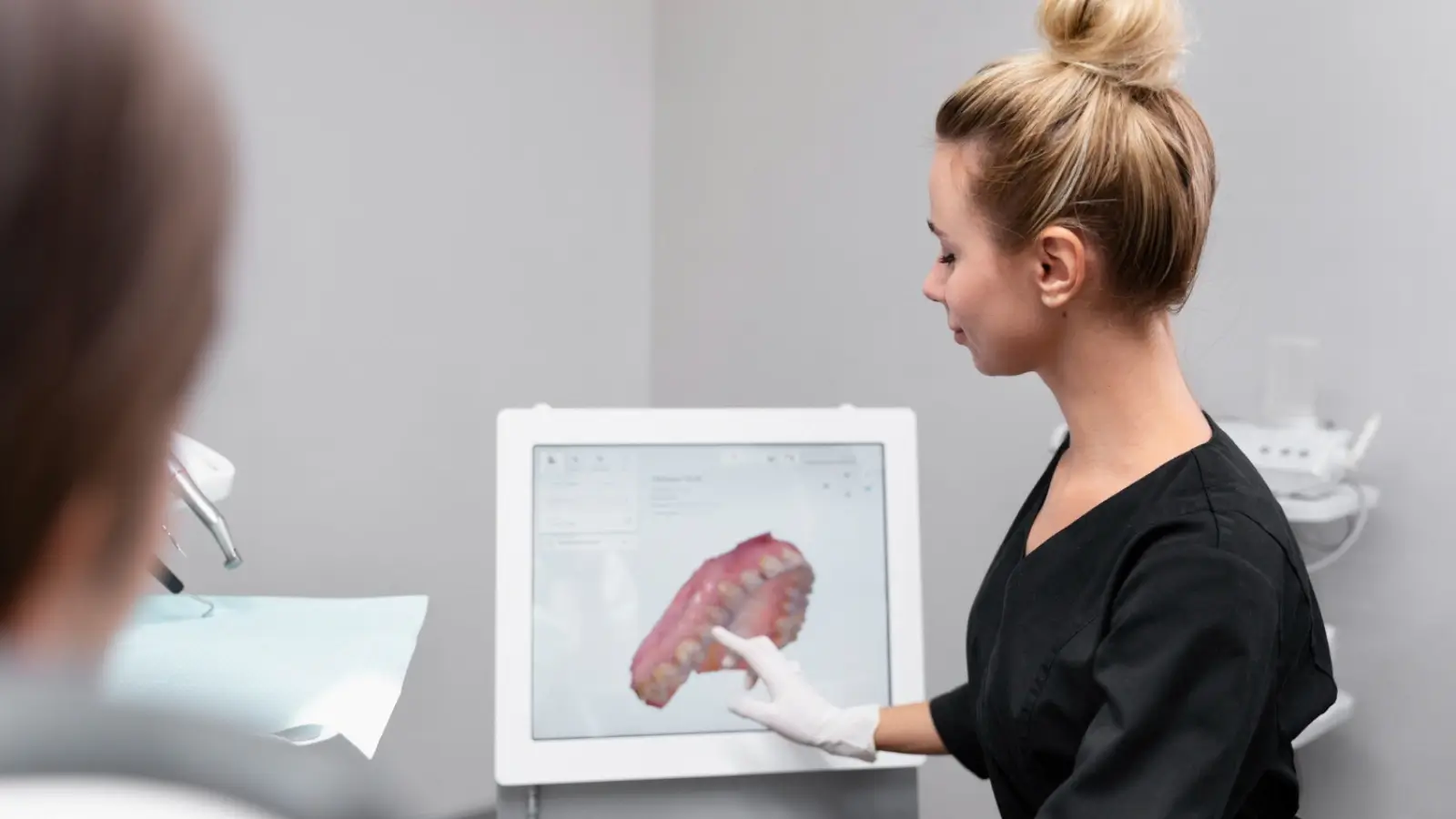


Modern dentistry uses advanced 3D imaging and guided surgery to make dental extractions more precise, predictable, and safer. These technologies improve treatment outcomes, reduce recovery time, and minimize complications by allowing detailed planning and careful execution. Patients can feel reassured knowing these techniques enhance both safety and results for complex procedures.
Three-dimensional imaging, typically achieved through cone beam computed tomography (CBCT), offers unprecedented insight into oral structures. Unlike traditional X-rays that provide flat, two-dimensional images, 3D scans create detailed volumetric representations of teeth, bone, and soft tissues.
This technology proves particularly valuable when dealing with impacted wisdom teeth, root tip extractions, or teeth located near critical anatomical structures. Dentists can visualize the exact position of nerve canals, measure bone density, and identify potential complications before beginning the procedure.
The enhanced visualization helps practitioners determine the optimal extraction approach, select appropriate instruments, and anticipate challenges that might arise during surgery. This level of preparation translates directly into safer, more efficient procedures for patients.
Guided surgery takes 3D imaging one step further by creating custom surgical guides based on the digital treatment plan. These guides act as templates that direct instruments to precise locations, ensuring accuracy throughout the procedure.
Surgical guides eliminate much of the guesswork involved in complex extractions. The predetermined path reduces the risk of damaging adjacent teeth, perforating the sinus cavity, or injuring nearby nerves.
With a clear roadmap provided by the surgical guide, procedures often take less time to complete. This reduction in surgical time means less stress for patients and reduced risk of post-operative complications.
Guided surgery often requires smaller incisions and less tissue manipulation. This conservative approach promotes faster healing and reduces post-operative discomfort.
The combination of detailed planning and precise execution leads to more predictable results, which is especially important when extractions are followed by immediate implant placement or when preparing for dentures like those offered in Harrisonburg, VA.
The guided extraction process begins long before the patient sits in the dental chair. Here's how the comprehensive approach unfolds:
The process starts with capturing detailed 3D images of the treatment area. Specialized software analyzes these images, allowing the dentist to examine the tooth from multiple angles and plan the optimal extraction path.
During this phase, practitioners identify potential challenges such as curved roots, proximity to vital structures, or unusual bone patterns. They can also determine whether additional procedures, like bone grafting, will be necessary.
Based on the digital treatment plan, a custom surgical guide is fabricated. This guide fits precisely over the patient's teeth or gums and contains channels that direct surgical instruments to predetermined positions.
Modern guides are typically created using 3D printing technology, ensuring perfect fit and accuracy. The fabrication process usually takes a few days, during which patients receive detailed pre-operative instructions.
During the procedure, the surgical guide is positioned in the patient's mouth and secured in place. The dentist follows the predetermined path indicated by the guide, removing the tooth with minimal disruption to surrounding tissues.
The guided approach often allows for flapless extractions, where large incisions aren't necessary. This technique preserves more of the natural tissue architecture and promotes better healing.
Following guided extractions, patients typically experience less swelling and discomfort compared to traditional methods. The precise nature of the procedure often results in better preservation of the extraction site, which is crucial for future treatment options.
Understanding the differences between traditional and guided extraction methods helps patients make informed decisions about their treatment.
Traditional extractions rely primarily on the dentist's clinical experience and two-dimensional X-rays. While effective for straightforward cases, this approach can present challenges when dealing with complex anatomical situations.
Guided extractions, by contrast, provide a level of precision that was previously impossible. The technology allows dentists to visualize exactly what they'll encounter before making the first incision.
Traditional methods involve estimating tooth position and root configuration based on limited imaging. Guided surgery provides exact measurements and three-dimensional visualization of all relevant structures.
Conventional techniques require real-time decision-making based on what the surgeon encounters during the procedure. Guided surgery follows a predetermined path with millimeter-level accuracy.
Patients undergoing guided extractions often report less post-operative pain and swelling. The minimally invasive nature of guided procedures contributes to faster healing times and fewer complications.
Technological advancement in dental imaging continues at a rapid pace. Artificial intelligence integration promises to enhance diagnostic capabilities, automatically identifying potential complications and suggesting optimal treatment approaches.
Virtual reality applications are emerging that allow surgeons to practice complex procedures in simulated environments before treating patients. This technology could further improve surgical outcomes and reduce the learning curve for new techniques.
Real-time imaging guidance represents another frontier, where surgeons could receive continuous feedback during procedures, adjusting their approach based on live imaging data.
Choosing between traditional and guided extraction methods depends on factors like case complexity, health, and treatment goals. Guided surgery is often ideal for challenging cases or immediate implants, offering precision and predictability. Advanced technology improves patient care, ensuring safer, more successful procedures.